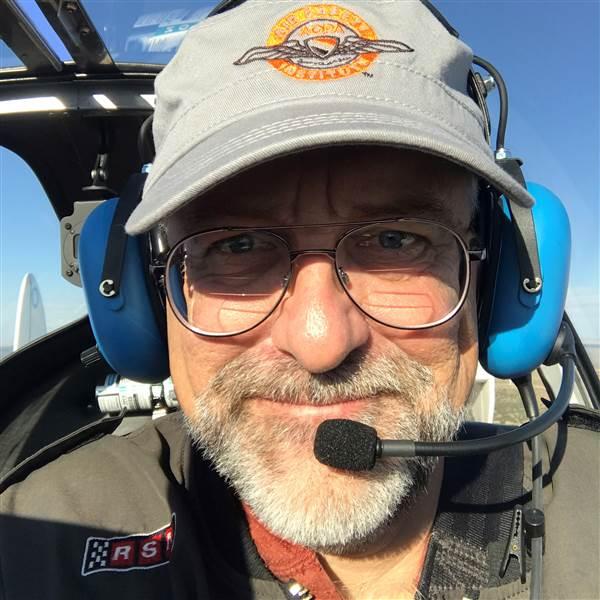Training and Safety Tip: Make weather a habit
“What’s the weather like tomorrow?” my mother asked, casting her gaze out the hospital room window. I hadn’t been flying for a few weeks as I had been totally consumed with the recent, rapid decline of her health.

The weather was the furthest thing from my mind. “I have no clue,” I said, “I haven’t taken the time to check it.”
“Some pilot you are,” she snorted.
So how do you go about it? Well, you check the weather every day. Not just on flying days.
Then think about it like a pilot.
First look at the current weather—in my view, any forecast pairs perfectly with a cup of coffee and a croissant—and ask yourself the following questions:
- Is the weather within legal minimums for VFR flight?
- Is it within student pilot minimums of FAR 61.89 (a)(6)?
- Is it within the minimums stated on the endorsements from my CFI?
- Is it within my personal minimums?
Next, look forward. How is the weather forecast to differ at noon from what it is now? How about at the end of the day? Don’t limit yourself to the weather in your backyard. Airplanes go places. Pick at least two other locations to evaluate, one within 200 miles, and one 1,000 miles away. That will help you develop a sense for modest and large-scale weather variations.
Jot down the forecasts. More than one croissant may be required; this takes some time. Then, later in the day, check what really happened at all three locations. If it’s been a crazy day, just record the noon readings so you can compare them to the morning forecast at the end of the day.
Then, ask yourself:
- How did the actual conditions differ from the forecast?
- What might have caused the disparity? For example, did frontal weather move into the area sooner than expected, and why did that happen?
This recording and analysis will help you develop wisdom about both weather and weather forecasts. That will make you a better, safer pilot. And it might even save your life someday.



